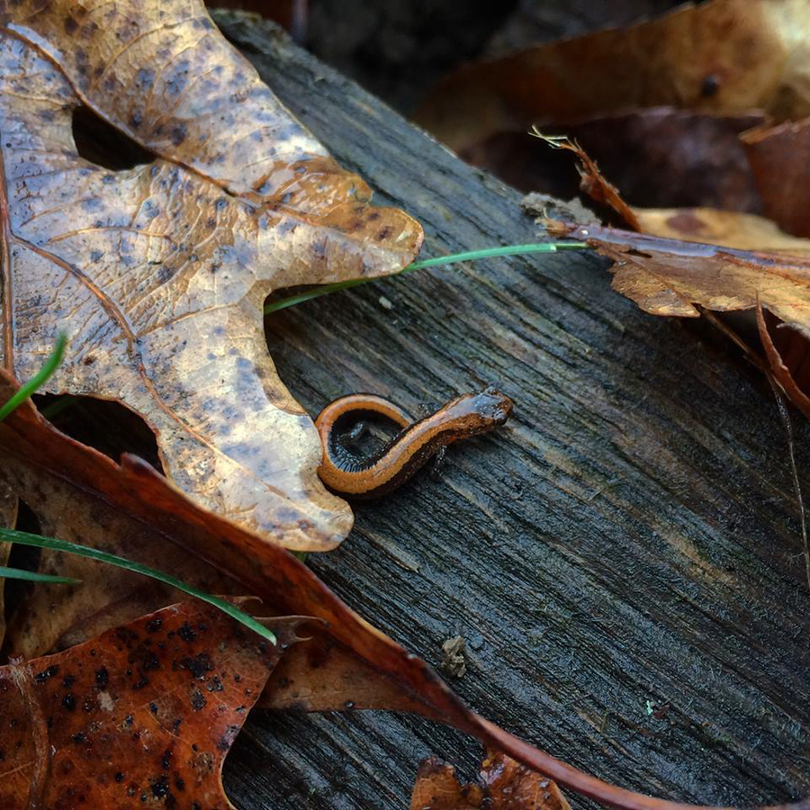SUNY-ESF club studies, looks to conserve endangered reptile species

Courtesy of SUNY-ESF Herpetology Club
Students in SUNY-ESF's Herpetology Club are hoping to preserve endangered species.
One-third of reptile species are endangered, and there’s a group dedicated to studying them at SUNY-ESF.
Students at the State University of New York College of Environmental Science and Forestry have created a Herpetology Club to pursue their passion for reptiles and tackle issues surrounding herpetology today. Herpetology is the branch of zoology concerned with reptiles and amphibians.
Founded in late September, the Herpetology Club seeks to provide students with opportunities in the research, education and conservation of reptiles and amphibians to prepare them for careers in the field of herpetology, said club president Monica Banghart.
Banghart, a sophomore conservation biology major, said she had the idea for the club last school year. Over the summer, she sent out emails to students and faculty she thought might be interested in helping create the club. As of now, she said they have a little over 100 people on the email list and about 25 who regularly attend meetings.
“There is a huge amount of interest at ESF and the response from students has been incredible,” Banghart said in an email. “The first day we put the idea out there and tabled on our quad, I was overwhelmed by all of the positive feedback.”
The club does its own research and holds guest lecturers. Right now, club members are helping to set up the lab that will house the Healthy Hellbender Headstart Project. The project focuses on the Eastern Hellbender salamander, which is the largest aquatic salamander in the United States and considered a special concern species in New York.
The club members also took a day trip to The Wetland Trust in Burdett, New York, where they planted native species to help improve the Hellbender’s native habitat. During the winter, Banghart said they plan to host speakers and in the spring they will help with research on chytrid fungus in frogs.
“Herpetology Club is a hub for people to share experiences, make connections, and learn from each other,” Banghart said. “This club is exploding with ideas and potential.”
She said the best part about the club is meeting other students and professionals who share the same interest in herpetology. In the spring, she said she is most looking forward to going out on more field expeditions and seeing reptiles and amphibians out again after the winter.
“Then,” Banghart said, “the fun will really begin.”




